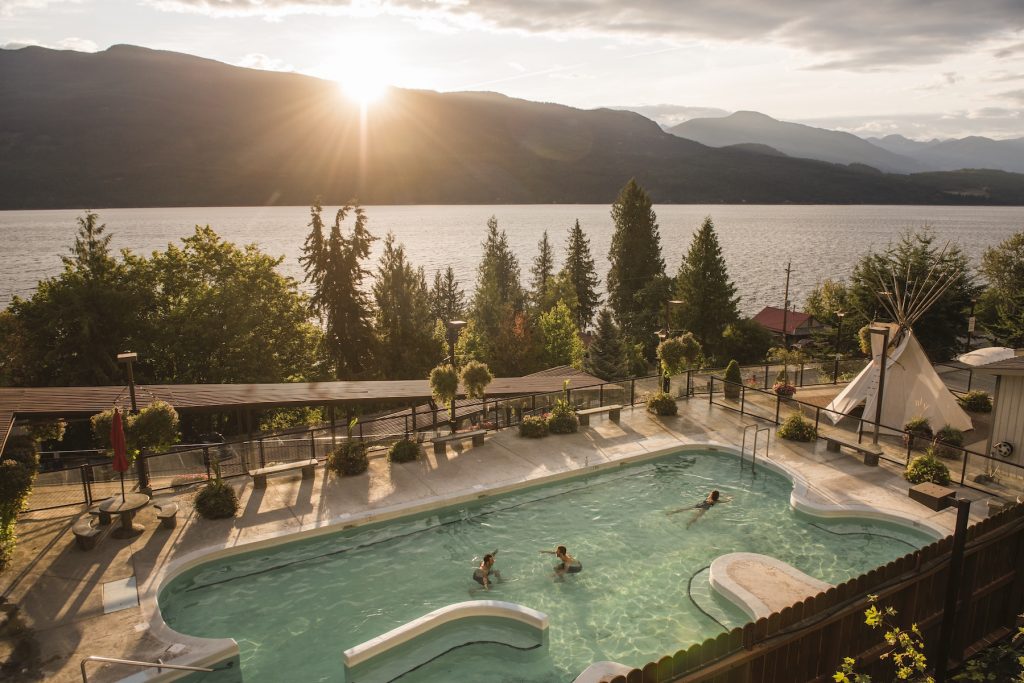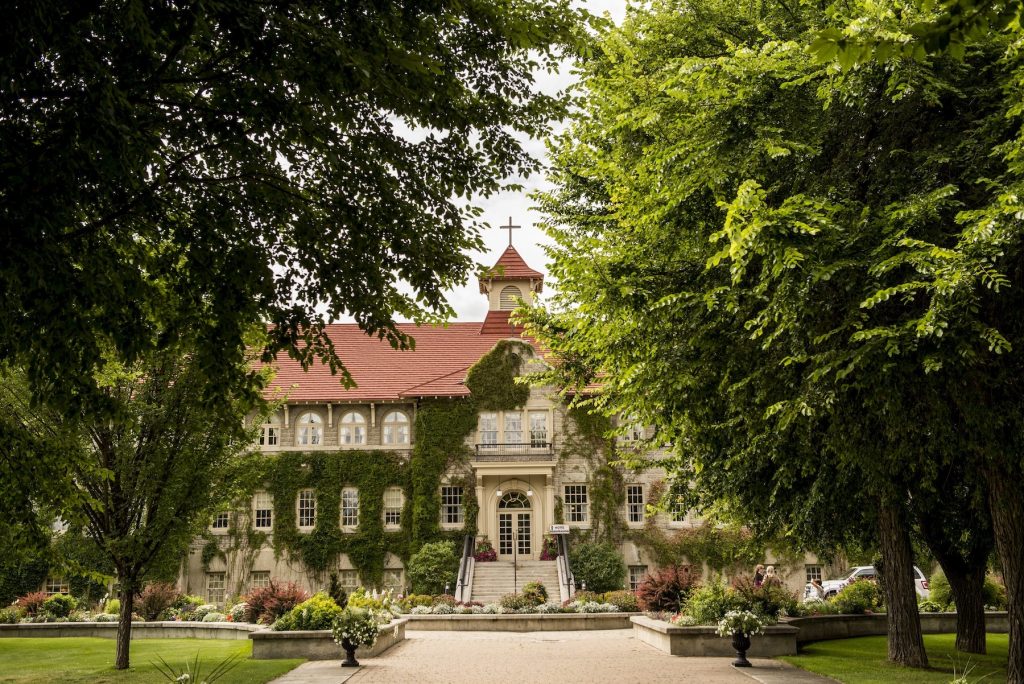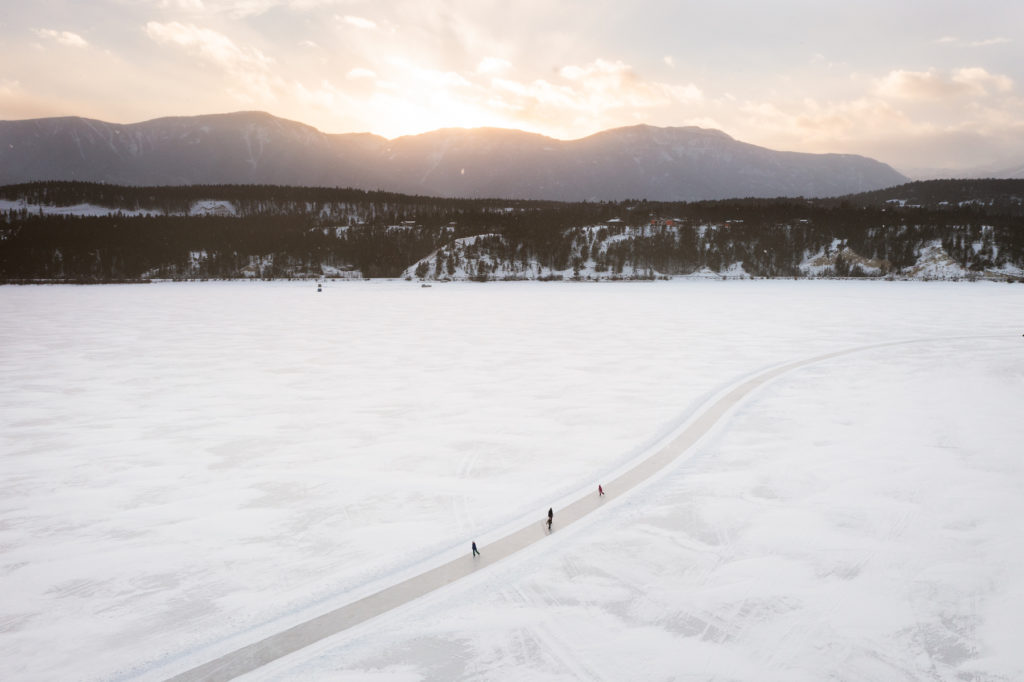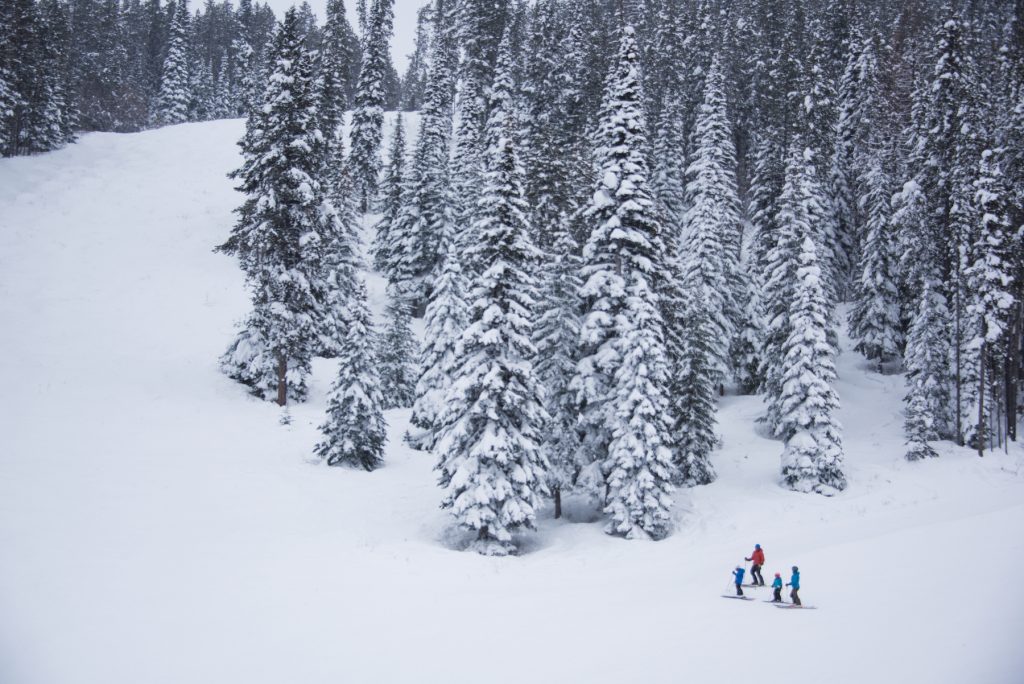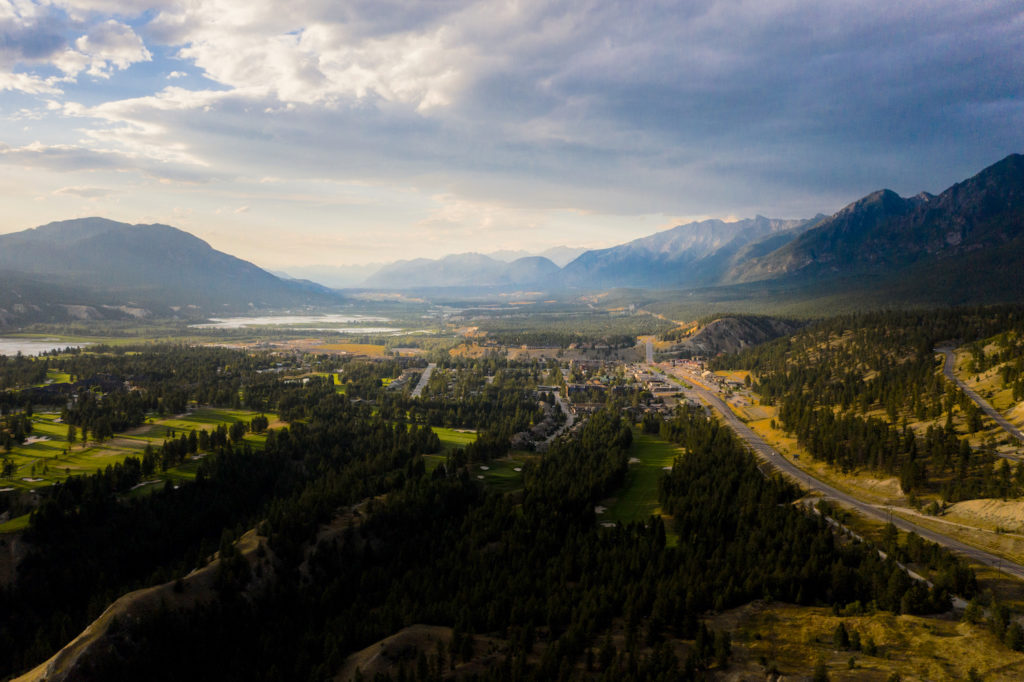Warm up your Kootenay road trip by adding a splash of “ahhh”! Dare to discover not one, but multiple Kootenay Hot Springs along your route. Welcome to the breathtaking southeast corner of British Columbia, Canada – home to your next extraordinary adventure. These tucked-away mineral springs are not to be missed on your next road trip.
AINSWORTH HOT SPRINGS RESORT
Situated in the oldest surviving community on Kootenay Lake (48-km north of Nelson) and surrounded by views of both the lake and the Purcell Mountains, the history of these springs goes back hundreds of years. It includes visits from the Sinixt and Ktunaxa peoples, who gathered here to ease their muscles after hunting trips.
Today, Ainsworth Hot Springs Resort offers you a four season escape. The resort amenities include resort rooms & modern Yaqan Nukiy Suites, Indigenous inspired dining at the Ktunaxa Grill and traditional healing massage & other wellness spa experiences at the Spirit Water Spa. **The Resort is open from Wednesday to Sunday.
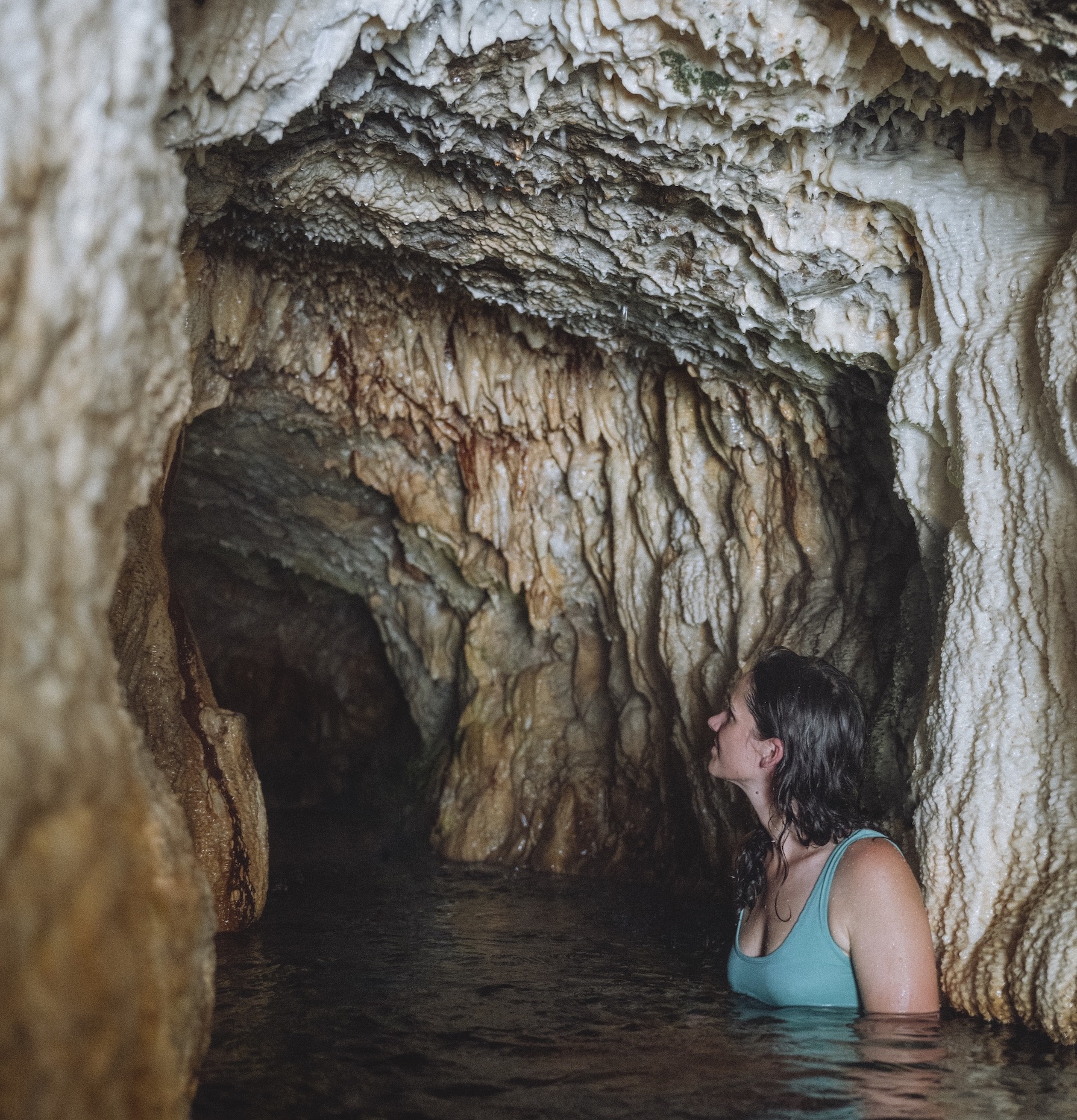
CANYON HOT SPRINGS RESORT
Tucked within Albert Canyon between Glacier and Mount Revelstoke National Parks, Canyon Hot Springs has two natural mineral hot pools available for your use. For a romantic stay, book a night or two in their Honeymoon Chalet, an exquisite log cabin complete with Jacuzzi tub. If you prefer more rustic accommodations, book one of their campsites and pitch your own tent or stay in your cozy RV. **Canyon Hot Springs is open from May to September.
FAIRMONT HOT SPRINGS RESORT
Like having your soaking temps “just so”? With three pools, each held at a different temperature (39ºC, 32ºC, and 30ºC), it’s a safe bet that Fairmont Hot Springs has your comfort level.
This is one of the largest natural hot springs in Canada and a mecca for those who believe in the health and wellness aspects of the naturally-heated waters. This full-service property offers lodge rooms, cabins & cottages, & a RV resort, multiple locations for different dining experiences, two world-class golf courses (in addition as Par 3 course) and a ski resort.
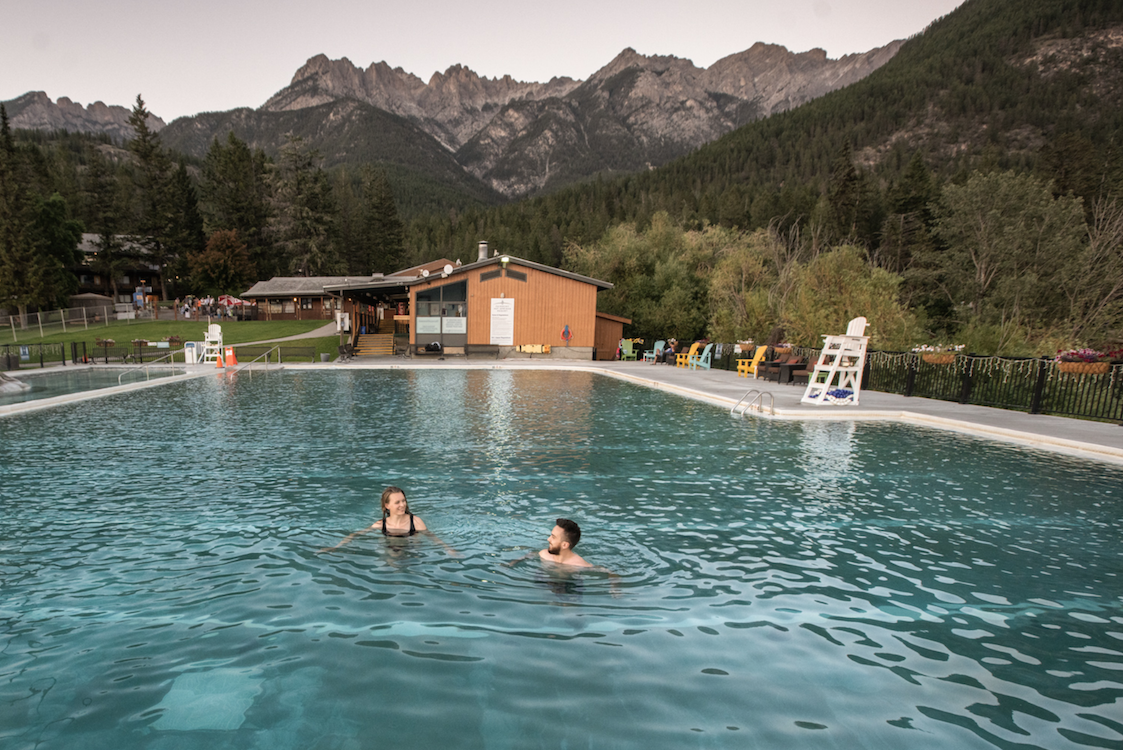
HALCYON HOT SPRINGS RESORT
At Halcyon Hot Springs, they have masterfully adjust the temperatures of their terraced pools to match varying comfort levels, affirming the long-held belief in the springs’ restorative virtues for their esteemed visitors.
A wide variety of accommodation is scattered throughout the serene forest. Whether you are travelling solo for business or on a family vacation with a large group, Halcyon has the right place. Ingredients are sourced from the Kootenay mountains and their own gardens with the focus remaining on sustainability and quality ingredients in their dining facility.
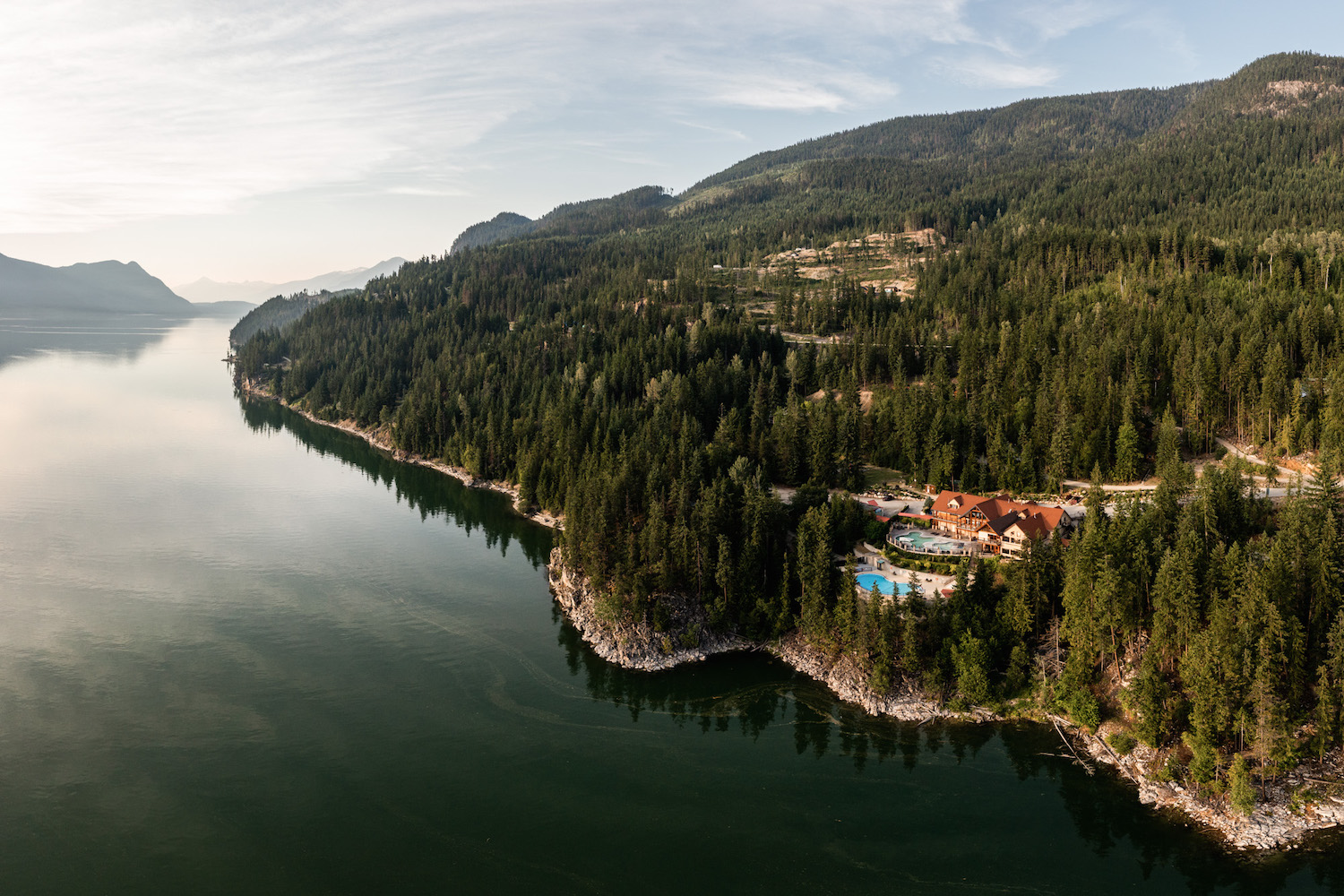
NAKUSP HOT SPRINGS, CHALETS & CAMPGROUND
Nakusp Hot Springs, the crowning jewel on a Kootenay Hot Springs road trip. Shed your stresses and embrace renewal – just 12 kilometres northeast of Nakusp Village, they offer the ultimate escape from the daily grind. Bask in these hot mineral pool, let their healing power ignite your spirit and soothe your soul.
Their inviting, retro chalets blend charm and comfort, promising a quintessential retreat. Equipped with kitchens and kitchenettes to cater to your needs, they’re the ideal haven for families, couples, and seniors alike. Or book one of their RV/Tent sites with services. And the best part? – they are a stone’s throw away from the hot springs.
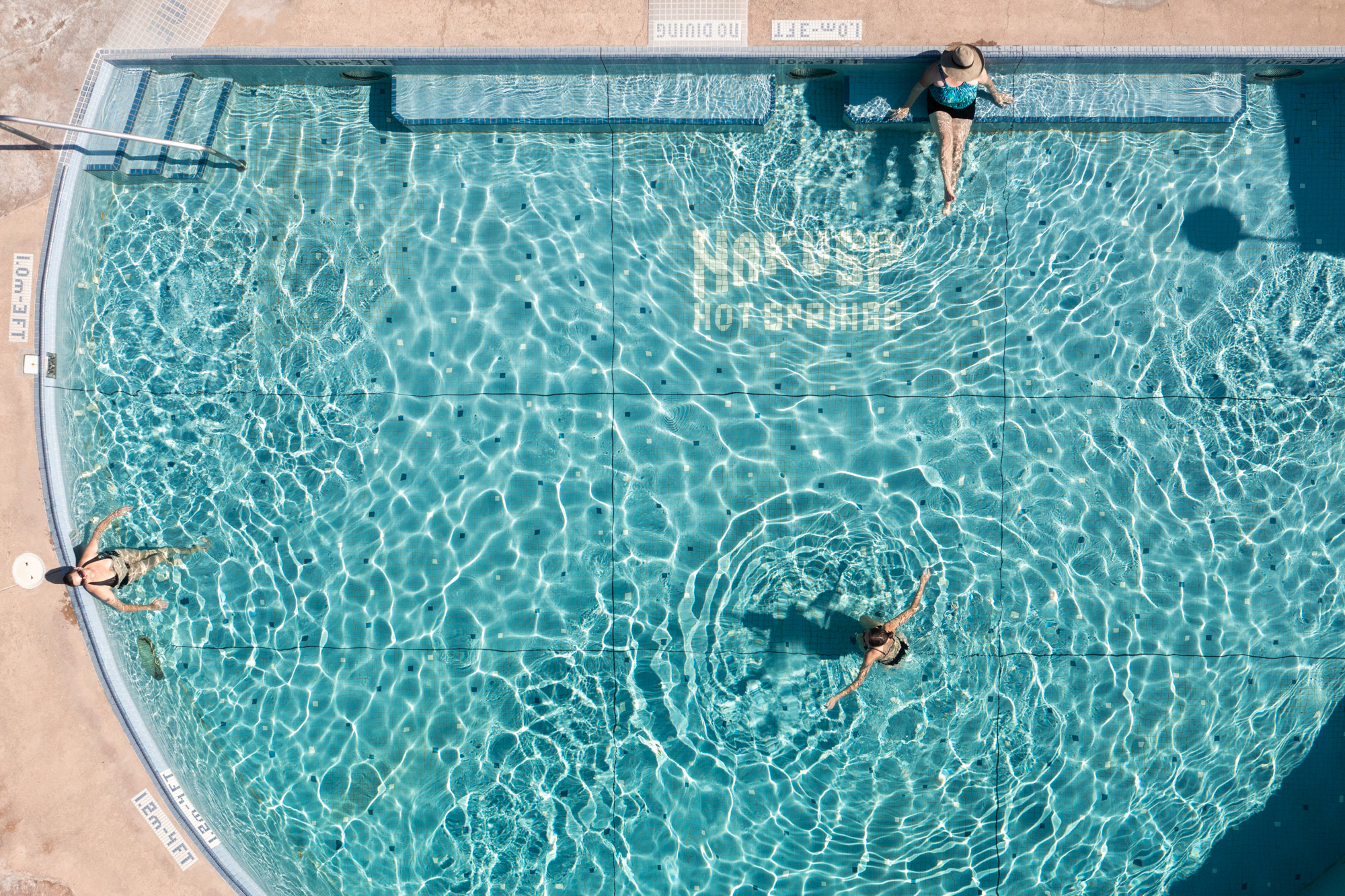
RADIUM HOT SPRINGS
Nestled in the heart of the UNESCO Canadian Rocky Mountain Parks World Heritage Site, the expansive, family-friendly facility welcomes guests globally, every day of the year.
Dating back centuries as a relief for weary souls, these famed hot spring, known for its tranquilizing mineral waters and breathtaking placement in Sinclair Canyon, are completely odourless. They boast two spacious outdoor pools – one heated for relaxing and another, a cooler one, perfect for swimming.
Indeed, gazing up at the sturdy rock canyon walls from the warmth of the 39ºC pool is an awe-inspiring experience, unmatched throughout the seasons.
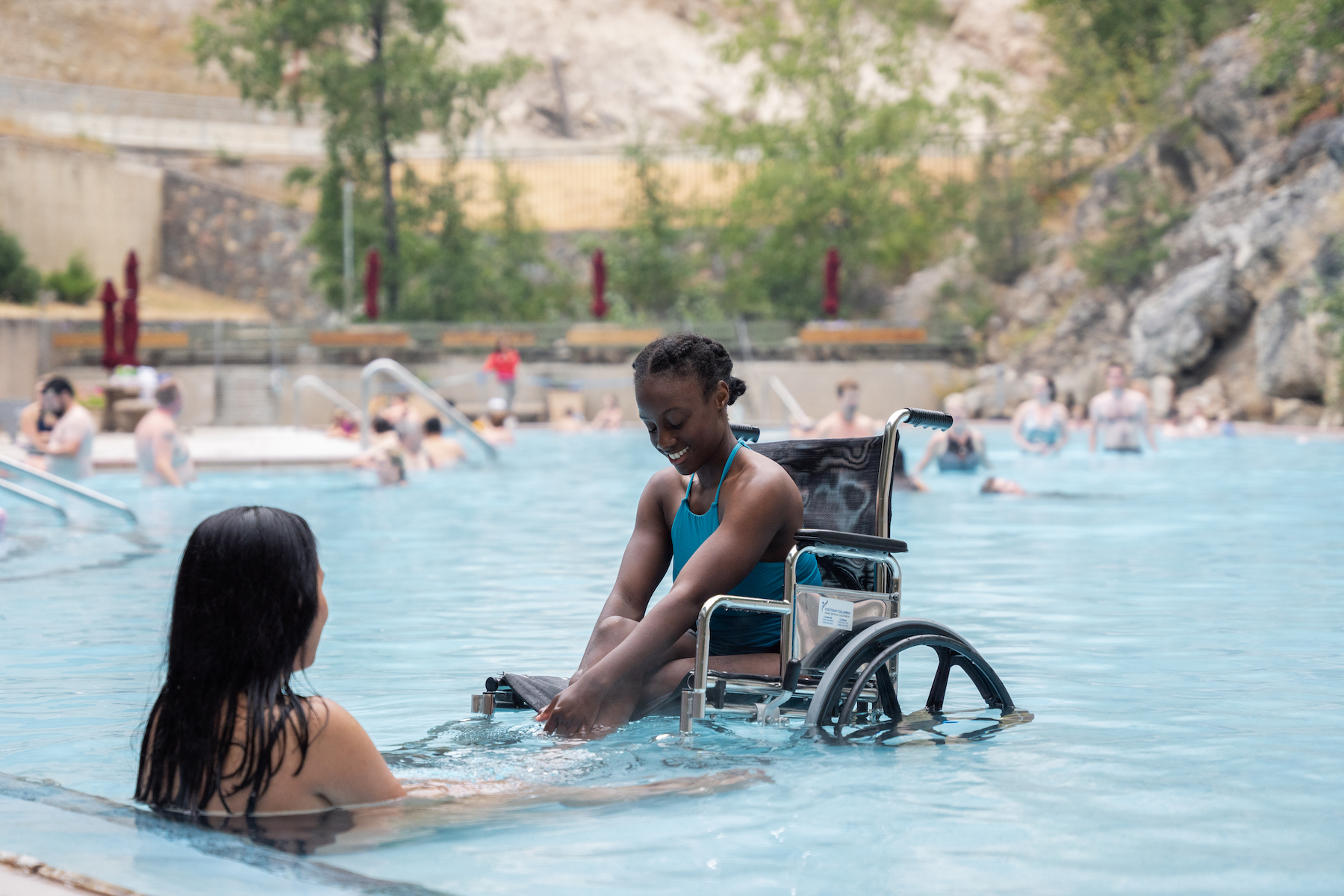
**Please purchase a Park Pass for Kootenay National Park to visit Radium Hot Springs. Purchase your pass at the Radium Hot Springs/Kootenay National Park Visitor Centre (7556 Main Street East, Radium Hot Springs).

